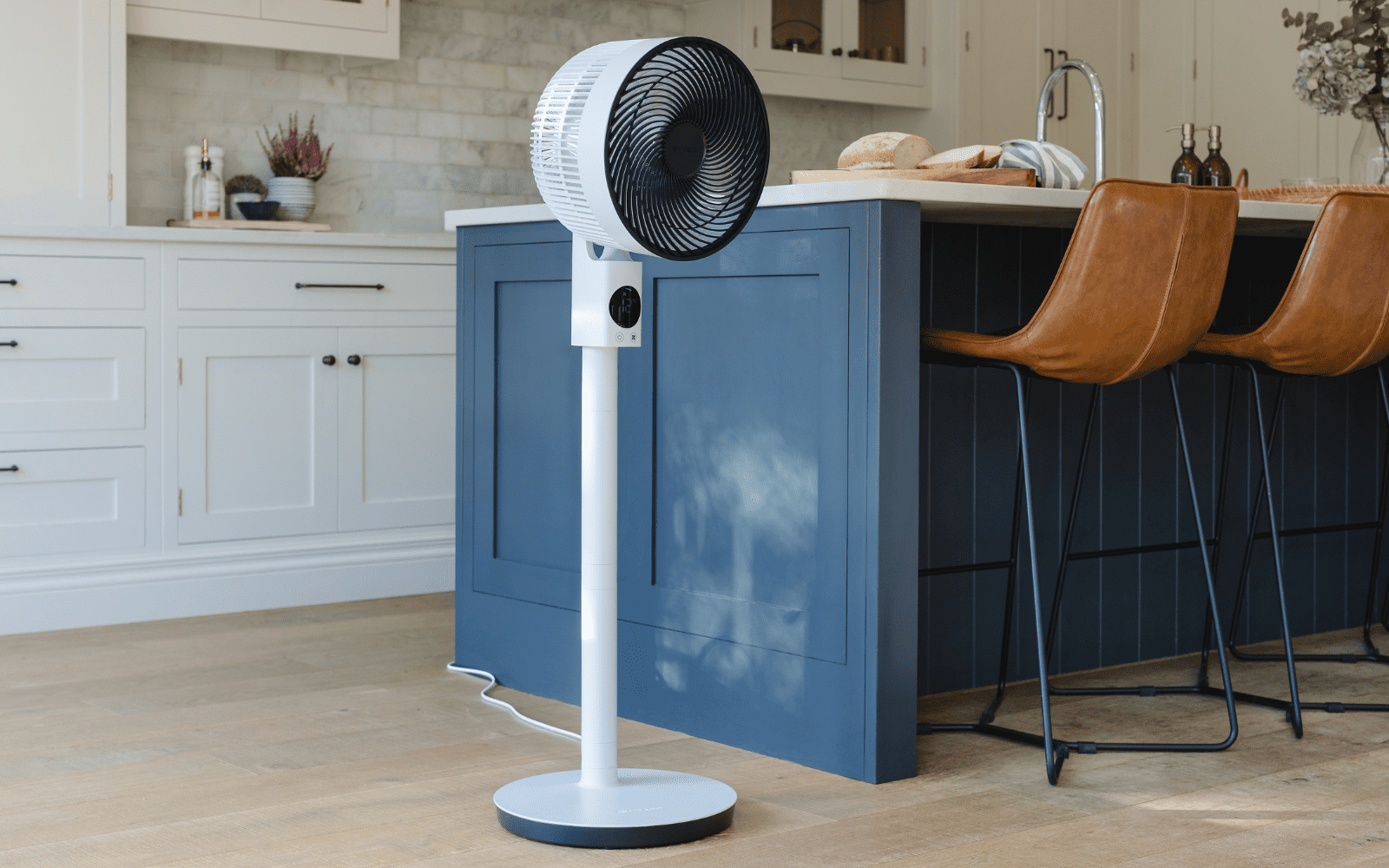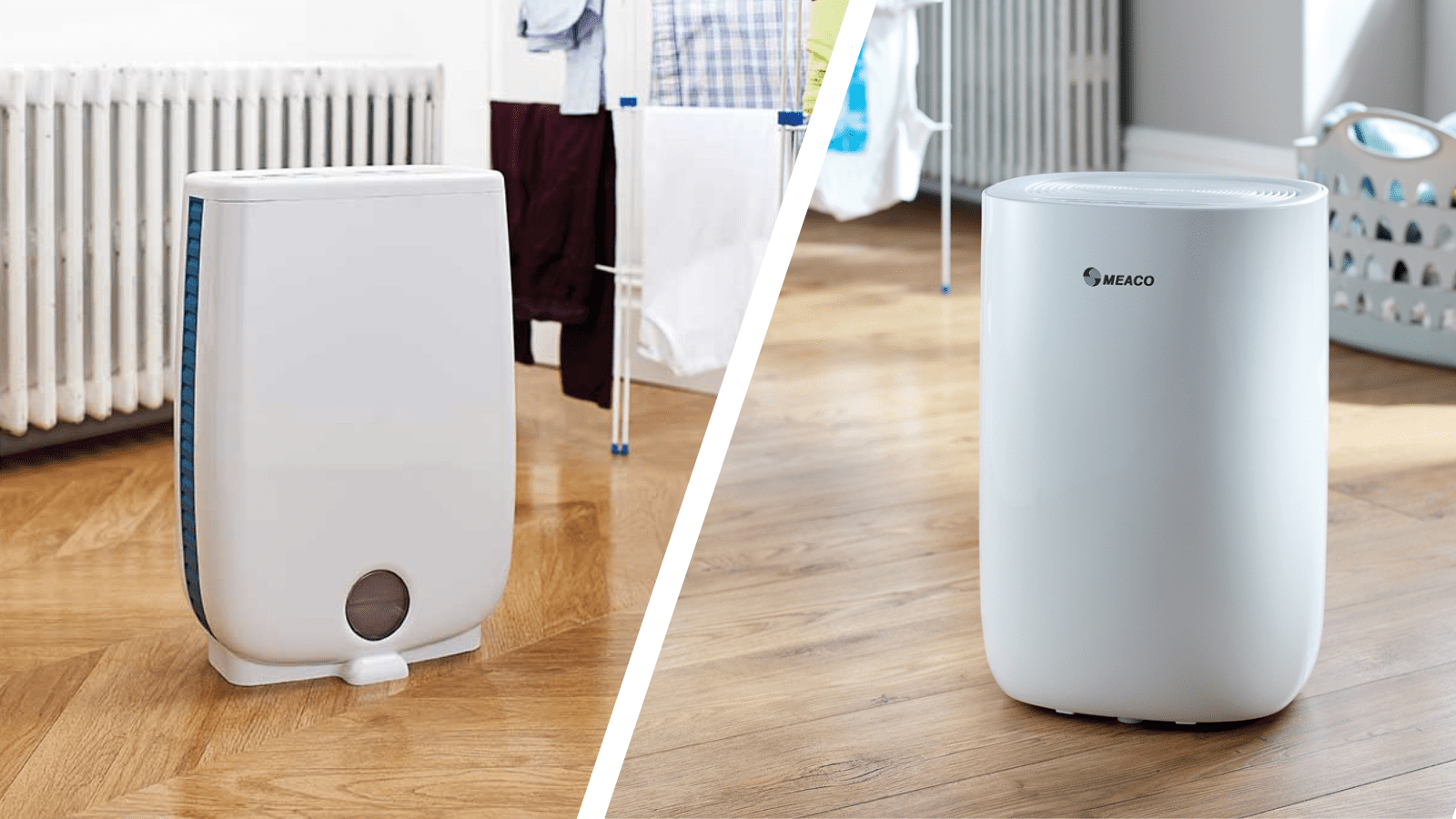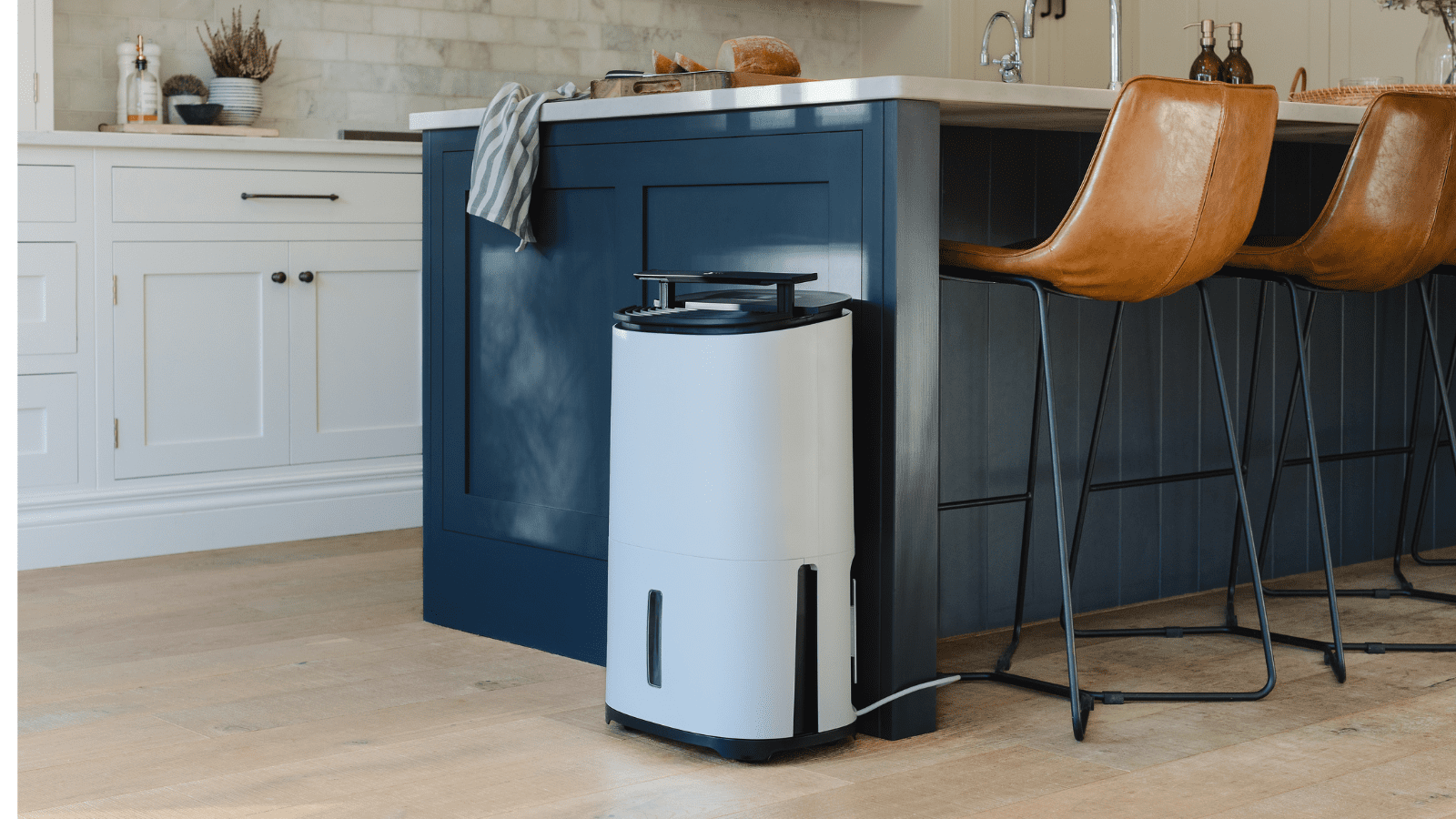By Chris Michael
Drying washing with a tumble dryer is definitely going out of fashion. We have had the tumble dryer fire scandal where millions of tumble dryers have had to be recalled and the fire brigade have had to deal with house fires on an almost daily basis having been caused by faulty tumble dryers. Consumers have been warned not to use tumble dryers at night and not to leave a tumble dryer in operation unattended. Frightening stuff.

There is the practical problem whereby house prices have soared and the size of properties has shrunk, so often you find that you end up living in a home that simply does not have the room for a tumble dryer.
And now we have the cost-of-living crisis and those with a working, safe tumble dryer cannot afford to turn it on!
In 2022 this created a situation whereby consumers looked for alternative solutions to drying their washing.
For many this simply meant hanging their damp clothes around the house and waiting for them to dry naturally. Others went for a heated airer, some set up elaborate drying rigs over a radiator with a bed sheet over the top to create a drying tent. All these solutions have a flaw in them. None of them dealt with the moisture that came off the clothes, it must go somewhere, and this is where the problems start.
There are three major issues that can cost you serious money that you need to consider.
- Firstly, if you just keep on drying clothes indoors the build of moisture will be too great for the space, and you will get mould and condensation issues.
- Secondly, drying on radiators means that you are paying to heat the radiators, and this reduces your saving (never dry washing on an electric radiator, this is a dangerous fire risk).
- Thirdly, the deeper into this process you get, the longer and longer the washing will take to dry, until you get to a stage whereby even after several days your clothes will not be dry. At this stage the clothes will start to smell, and you will probably have to wash them all over again.
In winter you could deal with this excess moisture on days when the outside air temperature is colder than the internal room temperature by opening a window and letting the cold air in. But introducing that cold air will not be pleasant, and there is a hidden cost involved because you will have to heat all of that incoming cold air up, and the air in the house that you have already paid to heat will escape out of the house and you will literally be throwing ££££s out of the window.


It turns out that the innocent and simple solution of drying washing around the house has some nasty medium-term effects and can end up costing you several hundreds of £s in cleaning, redecoration, and increased heating costs. Not a happy solution.
For years consumers that had suffered from the above problems have subsequently discovered that a dehumidifier was the solution to the problem and would prevent the drying clothes from creating the mould and damp problems.


Using a dehumidifier to dry your clothes might be a new concept for us Brits, but in many countries around the world it is a daily ritual.
For example in Switzerland apartment blocks are built with large communal drying areas in the basement with large industrial dehumidifiers blowing air across a washing line to allow the residents to dry their clothes quickly and efficiently.
In 2022 as the British public became desperate to find a cheaper (and safer) solution to the tumble dryer word spread across social media and the national press that a dehumidifier was a viable solution. At Meaco our phone lines became overwhelmed as consumers reached out for advice and pointers to help them understand the solution. Common questions we were being asked included:
- Which dehumidifier will dry clothes the fastest?
- Which dehumidifier is the cheapest to run?
- Can I set my dehumidifier up in an airing cupboard?
- Can I dry washing with a dehumidifier in my bathroom?
- Do I leave the windows open when using the dehumidifier?
- Should I keep the windows closed?
- Do I need a clothes horse?
- Can I set the dehumidifier up to just dry at night?
- How large a dehumidifier do I need?
In December Martin Lewis of Money Saving Expert fame said on his primetime ITV show that a dehumidifier was a cheaper way to dry your laundry than a tumble dryer, he repeated this on his BBC podcast and it was then picked up by the national media who ran tests to prove his point. Our telephone lines went crazy and admittedly we could not cope with all of the attention. Our staff worked fantastically hard, but the number of incoming phone calls was overwhelming.
We received an extra 600 phone calls per day and we quickly developed a waiting list of over 22,000 people wanting to buy a dehumidifier.
To help answer the above questions and many, many others we have put together a short video that shows you.
- The flaws with drying washing indoors
- Why clothes take longer and longer to dry as autumn turns into winter
- How to set up your clothes rack for optimum drying
- Where to position your dehumidifier
- When to turn your clothes rack around
- And why using a fan will drastically reduce your drying times.
Some of the most important tips we can give you are.
- Use the rinse cycle on your washing machine to remove as much water as possible before you remove the clothes from the machine.
- Place the washing on a clothes rack with the small items are the bottom of the clothes horse and the large items at the top.
- Don’t overload the rack by having clothes layered on top of each other.
- Place the dehumidifier at the open end of the rack.
- Place a Meaco fan at the opposite end of the rack and let it oscillate up and down.
- Turn the rack halfway through the drying process.
- Do all of the above in a small room (but larger than 4 square metres)
- Keep the relative humidity down in the house using the dehumidifier between loads so that you start off drying with a reasonable relative humidity in the first place.
- Enjoy dry and soft clothes!
Some tips about what not to do.
- It is important to not use the dehumidifier in a very small room (less than 4 square metres) or a cupboard, the dehumidifier could just overheat and turn off in the space.
- Never allow water from the clothes to drip into the dehumidifier
- Don’t allow clothes to fall onto the dehumidifier
- Never block the air flow in or out of the dehumidifier
- Always keep the air inlet filter clean.
By watching our new laundry drying video and following our tips you should be able to dry a load of washing in a few hours for less than 30p per load, a massive £1.50 potential saving over using a tumble dryer. Based on just three loads a week that is a saving of £234.00 per year!
You won’t save this sort of money with any old dehumidifier, the trick is to use a highly efficient, low energy dehumidifier like the Meaco Arete One in the video, it uses a lot less energy than a standard dehumidifier and the MeacoFan 1056 uses less than 10 watts! The combination makes for a powerful clothes drying combination that beats the cost of running a tumble dryer and protects your house and your health better than any other way of drying clothes.
The clothes will feel softer once dried as well!
We are looking forward to seeing and hearing your feedback, please also do share your laundry drying tips on our social media channels so that by working together, and pooling our knowledge, we can save money together.







